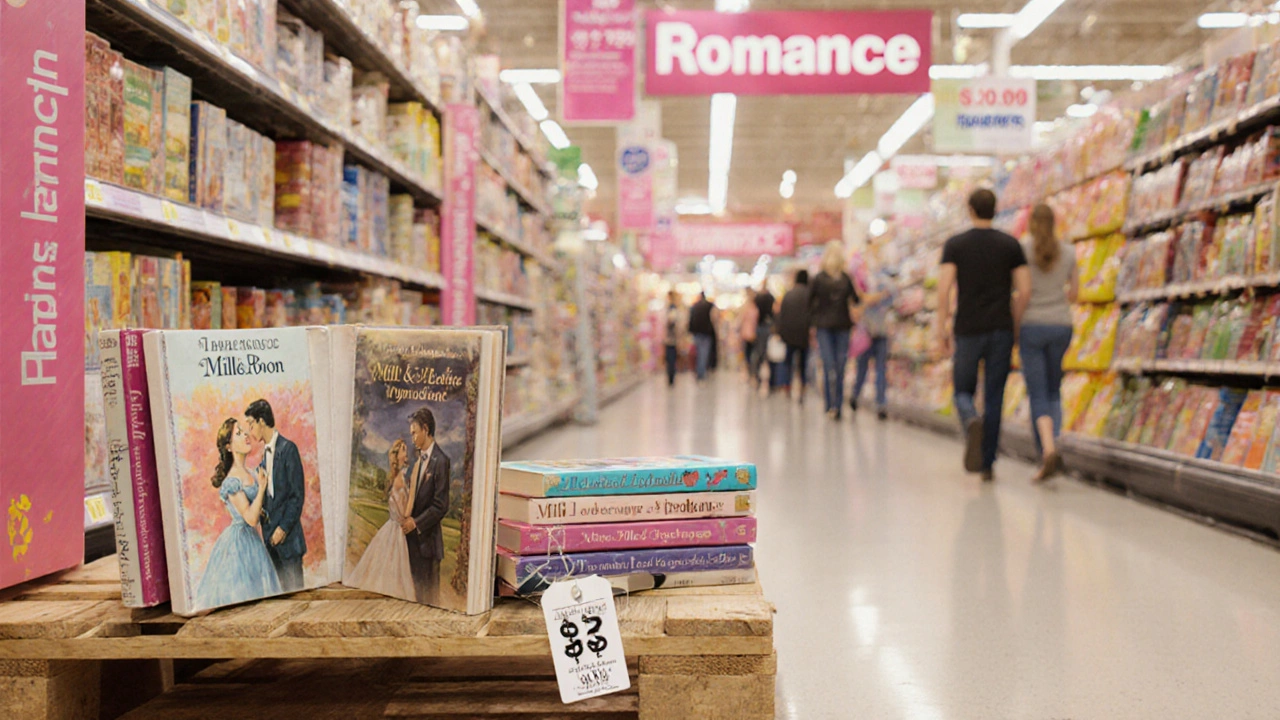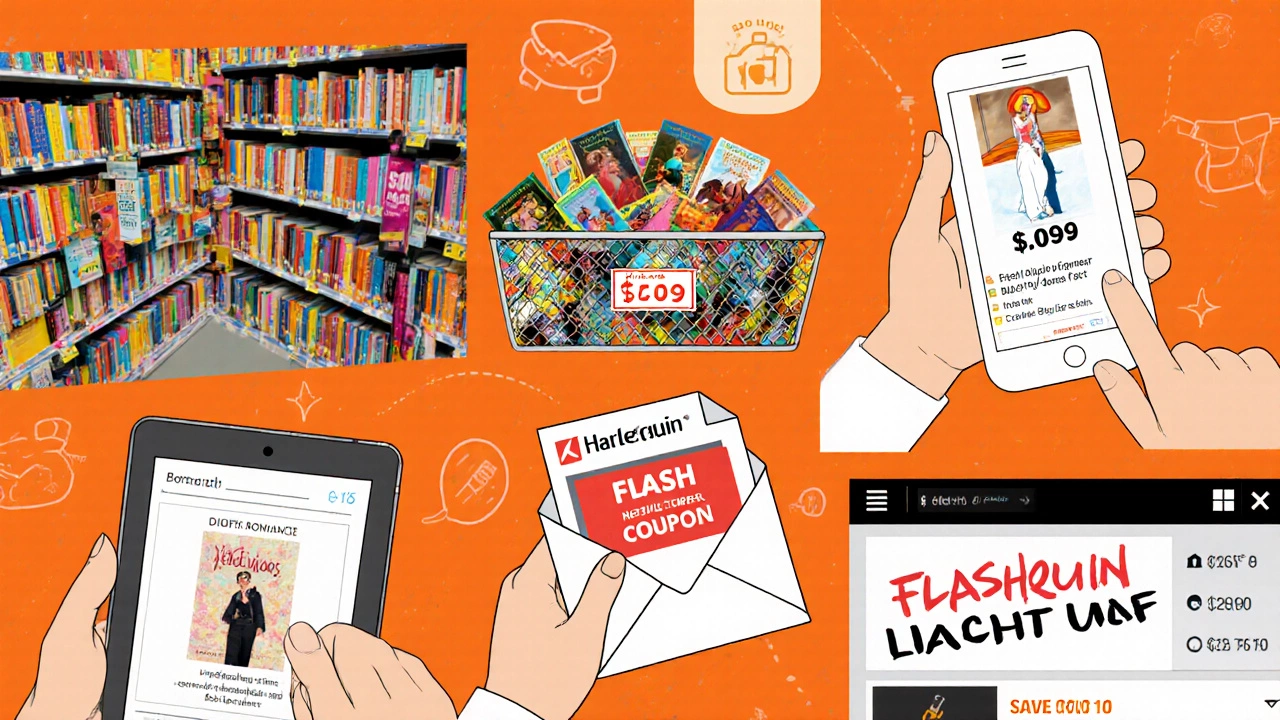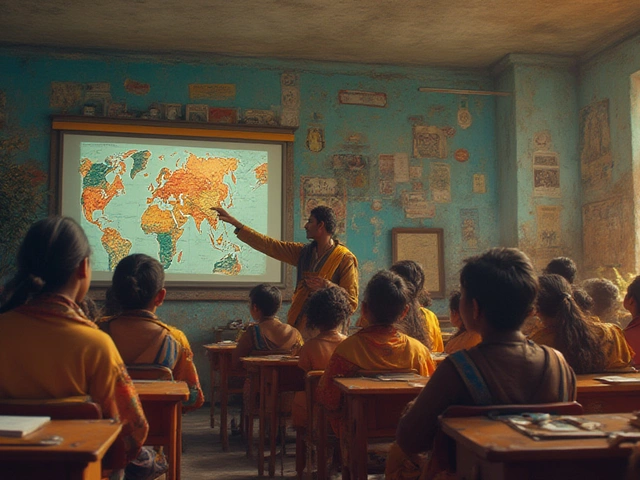
Cheap Romance Novel Identifier
Discover the different types of cheap romance novels and their key characteristics. Enter a keyword or select a format below to learn more!
Mass-Market Paperback
Small, inexpensive softcover format sold in grocery stores and drugstores.
$2-$5Category Romance
Published under specific imprints with set formulas and covers.
$3-$6Pulp Romance
Historically low-quality paper books from mid-20th century.
$0.50-$2 (used)Digital Romance
E-books available at low prices on digital platforms.
$0.99-$2.99Enter a keyword above to search for information about cheap romance novel types. Or click on any card to see details.
Quick Takeaways
- Cheap romance novels are most often called mass‑market paperbacks, category romances, or pulp romances.
- They usually cost between $2 and $5, have 200‑300 pages, and focus on fast‑paced love stories.
- Big names like Harlequin and Mills & Boon dominate the category‑romance market.
- You can hunt them down at discount retailers, libraries, and online e‑book platforms.
- Understanding the terminology helps you spot the best deals and discover hidden gems.
What Exactly Counts as a “Cheap Romance Novel”?
When you hear the phrase cheap romance novels are low‑priced love stories that prioritize quick reads and emotional payoff over literary flair, you’re really talking about a specific segment of the romance market. These books are designed to be affordable, portable, and instantly satisfying. Most of them hit the shelves in a small, softcover format that slips easily into a bag or pocket.
Key attributes that define this segment include:
- Price: typically under $5 for a new print copy.
- Length: around 200‑300 pages, often less than 80,000 words.
- Distribution: sold in mass‑market channels like supermarkets, drugstores, and discount online sites.
- Style: fast‑moving plots, clear‑cut heroes and heroines, and a guaranteed happy ending.
Names You’ll Hear Around the Book World
Publishers and readers use a handful of labels to refer to these budget‑friendly romances. Here’s a rundown of the most common terms.
Mass‑Market Paperback Romance
Mass‑market paperback is a small, inexpensive softcover format that ships in high volumes through grocery aisles and drugstores is the umbrella term for most cheap romance novels you’ll find on a store shelf. The price point is low because the books are printed on cheaper paper and produced in huge runs.
Category Romance
Category romance refers to a subgenre where each title falls into a predefined line or imprint, often with a fixed price and length is a label used by publishers like Harlequin and Mills &Boone. The “category” part means the book adheres to a set formula-certain tropes, word counts, and cover designs-that helps readers know exactly what they’re getting.
Pulp Romance
Historically, pulp romance describes romance titles printed on low‑quality pulp paper in the mid‑20th century, offering sensational stories at rock‑bottom prices. While true pulp paper is mostly a thing of the past, the term still pops up when people talk about cheap, escapist love stories that are more about fun than literary depth.
Digital Romance (e‑Books)
When the same stories appear as digital romance e‑books sold at discounted prices, often $0.99‑$2.99, that can be read on any compatible device, they keep the low‑cost appeal but skip the physical production costs. Many authors self‑publish directly to platforms like Amazon Kindle, driving prices even lower.

Who Publishes These Affordable Love Stories?
Two giants dominate the category‑romance space:
- Harlequin is a leading imprint known for its extensive line of mass‑market paperback romances, ranging from historical to contemporary.
- Mills &Boone is the UK counterpart, offering similar lines like “Mills &Boone Love Stories” and “M&B Digital First”.
Both companies release dozens of new titles each month, keeping shelves stocked with fresh, cheap reads. Smaller presses-such as Entangled Publishing or Avon-also produce category romances, often at comparable price points.
How to Spot the Best Deals
Finding a bargain isn’t just about walking into a discount aisle. Here are some proven tactics.
- Check discount retailers. Stores like Walmart, Target, and Dollar Tree regularly rotate mass‑market paperbacks. Look for the “Romance” aisle near the “Bestsellers”.
- Scour clearance sections. Bookstores often slash prices on older category romances to make room for new releases. You can get titles for under $1.
- Subscribe to publisher newsletters. Harlequin and Mills &Boone send out “Free First Chapter” offers and occasional coupon codes for $2.99 deals.
- Use library e‑book services. Platforms like OverDrive and Libby let you borrow digital romances for free, eliminating any cost.
- Watch flash sales on e‑book sites. Amazon Kindle and Kobo often run 24‑hour sales where dozens of romance titles drop to $0.99.
Comparison of the Main Types
| Format | Typical Price (USD) | Page Count | Publisher Examples | Best Buying Spot |
|---|---|---|---|---|
| Mass‑Market Paperback | $2‑$5 | 200‑300 | Harlequin, Mills &Boone | Discount retailers, clearance shelves |
| Category Romance (Print) | $3‑$6 | 250‑350 | Entangled, Avon | Publisher websites, book fairs |
| Pulp Romance (Vintage) | $0.50‑$2 (used) | 150‑250 | Classic pulp houses (e.g., Ace Books) | Used‑book stores, online marketplaces |
| Digital Romance (e‑Book) | $0.99‑$2.99 | Variable (often 200‑400 words) | Self‑published, Kindle Unlimited | Amazon Kindle, Kobo, subscription services |
Reading Experience: What to Expect
Cheap romance novels are built for a particular reading vibe. You’ll notice:
- Fast pacing. The conflict starts early, and the climax hits within the first two‑thirds of the book.
- Familiar tropes. Think “enemies to lovers”, “second chance”, or “small‑town hero”.
- Predictable happy endings. The genre promises a “happily ever after” or “happy for now”.
- Short, snappy chapters. Each chapter often ends on a cliff‑hanger, urging you to keep turning pages.
Because the formulas are well‑trodden, readers can drop into any title and feel comfortable. That reliability is a big part of why these books sell so well at low prices.
Where to Find Hidden Gems
Beyond the mainstream imprints, there’s a treasure trove of affordable romances waiting for curious readers.
- Indie author bundles. Platforms like Draft2Digital let indie writers group several short romances into a bundle for $4‑$5.
- Library sales. Many public libraries host annual book sales where you can snag gently used category romances for pennies.
- Online forums. Communities on Reddit (r/RomanceBooks) often share “best cheap romance” lists.
These sources often feature fresh voices and unconventional settings while staying within the cheap price bracket.
Common Misconceptions
People sometimes think cheap romance novels are low quality or lack depth. The reality is more nuanced:
- While they follow formulas, many authors use the structure to explore themes like empowerment, family, and cultural identity.
- Self‑published digital romances can be just as engaging as traditional paperbacks, often offering diverse representation.
- Price doesn’t always equal quality-some of the most beloved romance series started as affordable mass‑market paperbacks.
Future Trends: What’s Next for Affordable Romance?
Even cheap romance isn’t immune to industry shifts. Watch for these trends:
- Hybrid publishing. More established imprints are releasing digital‑first titles that cost less than print versions.
- Subscription services. Platforms like Kindle Unlimited let you read unlimited romances for a monthly fee, effectively making each book cheap.
- Diverse narratives. Readers are demanding more representation, and publishers are responding with inclusive category lines.
Staying aware of these changes helps you keep finding great reads without breaking the bank.
Frequently Asked Questions
What is the official term for cheap romance novels?
The most common industry labels are "mass‑market paperback romance", "category romance", and "pulp romance". Each term highlights a different aspect of price, format, or publishing line.
How much should I expect to pay for a new cheap romance book?
New mass‑market paperbacks usually range from $2 to $5. Digital versions often dip below $3, especially during flash sales.
Are cheap romance novels worth reading?
Absolutely. They deliver quick, emotionally satisfying stories and can introduce you to new authors, sub‑genres, and diverse characters without a big investment.
Where can I find the best deals on cheap romance books?
Check discount retailers, clearance sections, library e‑book loans, publisher newsletters, and online flash‑sale events. Independent bundles and used‑book stores also offer excellent prices.
Do cheap romance novels include diverse characters?
The industry is shifting. New category lines and self‑published e‑books increasingly feature LGBTQ+ protagonists, people of color, and non‑traditional relationship structures.


